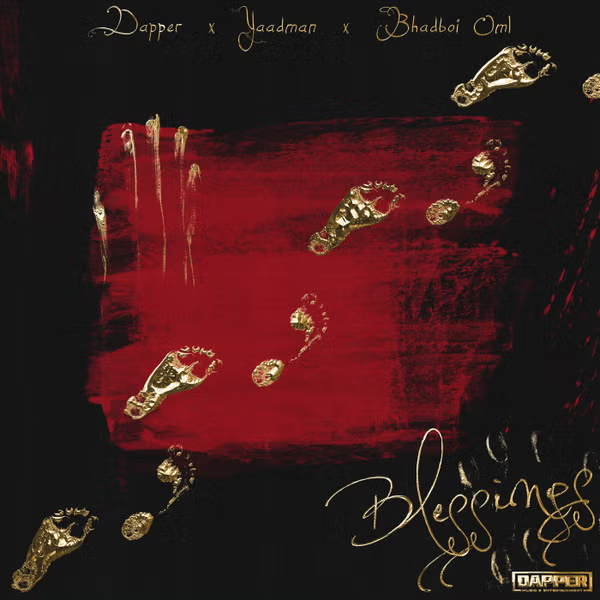When you are being confronted by cars, motorbikes and tuk-tuks on the roads of Cambodia operating with little apparent appreciation of internationally established road etiquette, one could be led to believe that the country does not have much in the way of traffic rules.
Driving against incoming traffic, making new ‘lanes’ at traffic lights, parking where one pleases, and my favourite, pulling out into traffic on a motorbike at full speed without looking to
see if anything might be coming, are all everyday occurrences on the increasingly crowded roads. And they are all against the law.
For most international drivers in Cambodia, the single most common cause for being pulled over is driving with lights on during the day. While one must commend the diligence of the police, ac
cording to Article 27, point 1, subsection D, driving with running lights on is not a criminal offence.
Good luck telling a police officer this though, as they seem not to be aware of this change to the old rules that banned all lights during the day (unless in bad weather).
Complaints about the country’s driving standards are nothing new, but the comprehensive 2016 Traffic Law sets out the rules of the road quite clearly. It covers such topics as when to use indicators, when overtaking is allowed, and speed limits.
It even empowers police officers to p
ocket a greater percentage of fines in an effort to address pervasive bribery issues and to encourage them to crack down on rule-breakers.
Almost two years later, traffic—and traffic transgressions—appear to have only gotten worse. While lumbering Lexus SUVs have impunity by dint of the obvious wealth of the owner, when it comes to Cambodia’s roads it often seems as if no one knows, or follows, the laws.
Part
of this is probably due to the fact that users of motorbikes with 125cc engines or less—which make up a large percentage of road users— do not need licences.
That means no formal lessons and no test to pass. Not that the drivers of cars, vans and trucks seem to be m
uch more knowledgeable!


























